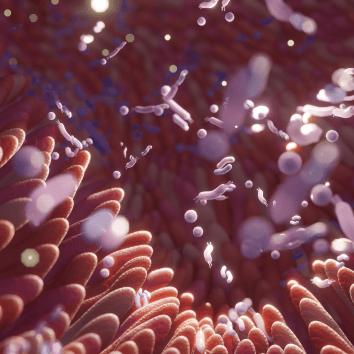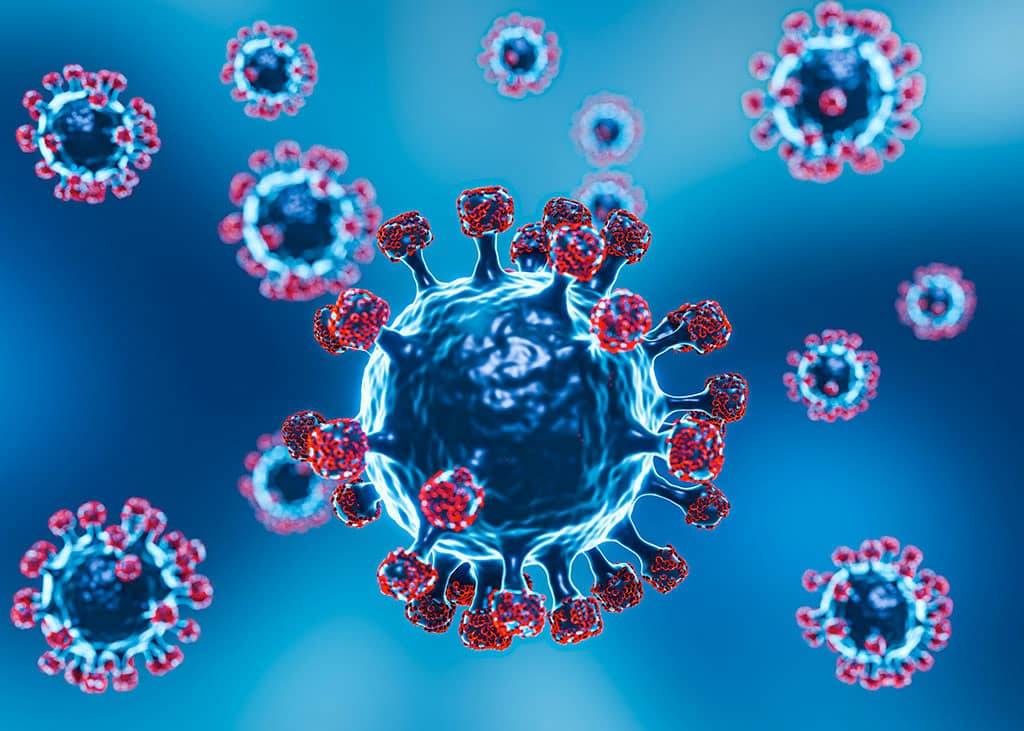The next step in microbiome research

As a healthcare professional, you've probably started exploring the application of gut microbiome research. How often have you wondered, "What do these bacteria actually do?" "Do they contribute to my client's health?" "Do they really play a functional role?" Answering these questions is crucial for accurate interpretation.
Bacterial activity and function: the next step in microbiome research
With C-FISH , Computerized Fluorescence In Situ Hybridization, you can not only measure the numbers of microorganisms but also map their activity. This provides more information about what the microbiome is doing.
You probably don't realize it, but the method used to conduct (gut microbiome) research determines the information you obtain. Previously, stool bacteria were examined by culturing them. This method was widely used and provided the first insights into the bacteria in stool. The culturing method allows for the study of bacteria that are easily cultivated. We now know that many of the bacteria living in our intestines are not easily cultivated at all: the method has therefore become a limitation.
Fortunately, new innovative methods developed that allow us to effectively study the gut microbiome, and the research field has gained momentum. Polymerase Chain Reaction (PCR), Next-Generation Sequencing (NGS), and Fluorescence In Situ Hybridization (FISH) are valuable tools for researching the gut microbiome, but we must also recognize that each method requires us to "see through a different lens."
Researchers from NL-Lab have examined the various research methods scientific review article
- PCR is highly sensitive, but dependent on the quality of DNA extraction. This method is primarily suited for targeted analyses and less so for broad, unbiased profiling.
- NGS is powerful but expensive and requires extensive data analysis, where the quality of DNA extraction is essential.
- FISH offers unique in situ information such as activity. Modern FISH techniques (such as C-FISH) with robotic preparations and automated image analysis offer high sensitivity, scalability, and efficiency.
An example
You have a client with fatigue and persistent abdominal pain. You decide to perform a standard gut microbiome examination. The results show that the gut microbiome is balanced and rich in Faecalibacterium prausnitzii . This is good news, as this bacterium is associated with positive health effects, such as a healthy intestinal wall and low inflammation levels. The examination provides no further clues about the client's symptoms, and you begin to question the function of the gut microbiome.
From DNA to Activity: C-FISH
C-FISH offers a different perspective. Instead of DNA detection, C-FISH focuses on ribosomal RNA (rRNA) detection. This method allows you to obtain information not only about the bacteria present, but also about their activity. With this lens, you see more clearly and discover that the bacteria present are not functional enough. You can now use personalized lifestyle, nutrition, and/or supplementation advice to (re)activate the gut microbiome.
Imagine being able to say not only: "You have reduced numbers of Bacteroides in your gut microbiome," but also: "The bacteria essential for your energy production are inactive. We can activate them with specific interventions." This level of detail can make the difference between a treatment that works and one that doesn't.
What does this mean for you?
As a healthcare professional, C-FISH allows you to go beyond what's possible with other methods. You can see not only what's there , but also what's happening . This opens the door to treatments directly aimed at improving the function of the gut microbiome. For patients, this means more effective therapies and better outcomes. C-FISH offers you the tools to help your patients on an even more personalized level.
Interested or have questions?
If you have any questions following this article, we strongly recommend that you contact us .
To share:
Read also...


The time between taking a stool sample and processing it in a laboratory has a...


